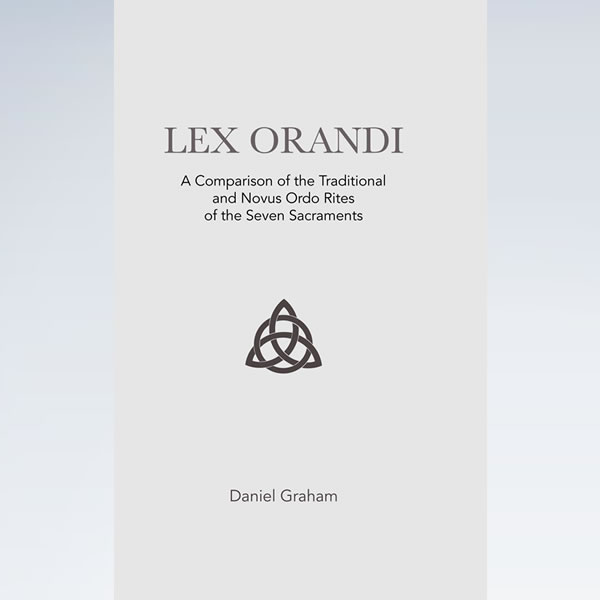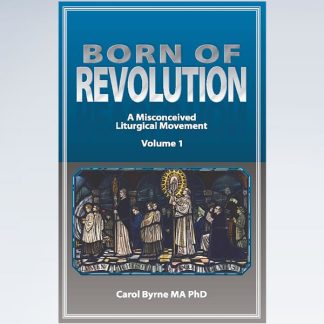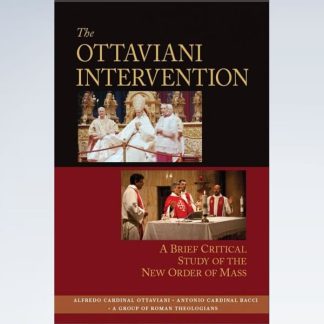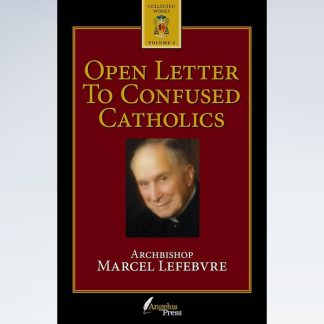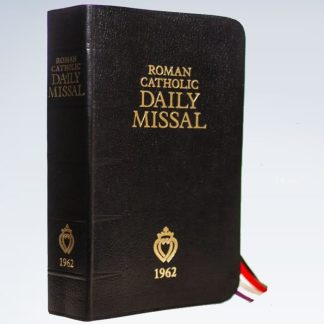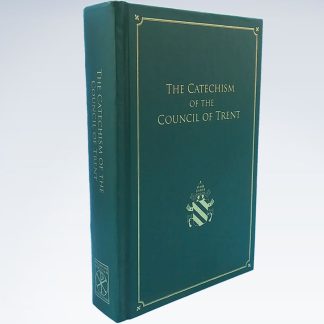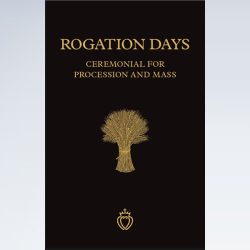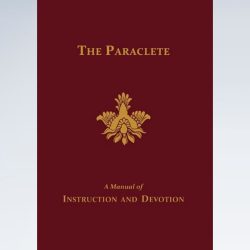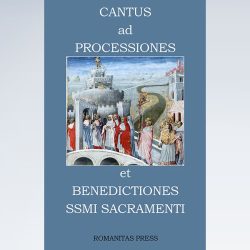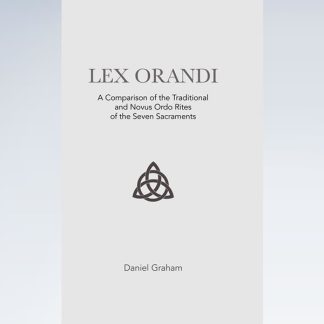Lex Orandi is a clear and succinct analysis of the differences between the Catholic rites of all seven sacraments as administered from time immemorial and the new rites brutally forced upon the Faithful in the wake of the Council. It is also a call to the Faithful to reject reception of the sacraments in the new rites and demand that their pastors administer the ancient rites as they have always been administered. Church law, and the primary Canonical imperative of lex suprema est salus animarum should compel the Faithful to demand their rights, so that God is honored and souls are saved.
Much has been said lately about the poor catechesis of young Catholics over the past fifty years. One of the most important tools that the Church uses to teach is the words and actions used during the administration of the sacraments. Many Catholics tend to think of the seven sacraments only as channels of grace for living the supernatural life in Christ, but they are also critically important for teaching purposes, since they express the will of God and the doctrines of the Faith in a very concrete fashion. Sacramental moments are the most important in every Catholic life, and every detail of their administration and reception should be as solemn and as perfect as possible.
That they have not been so, and in fact cannot be to the younger generations growing up since Vatican II, is because the new rites do not express the Catholic Faith without ambiguity and confusion. The results are clear to see in the catastrophic decline in practically every statistical and spiritual indicator for the last fifty years. The lack of clarity, erroneous doctrines, protestantized phraseology, and modernist lingo that characterize the new rites makes it fairly certain that a decline of faith and morality will follow inevitably from the reception of the sacraments in the new rites. In fact, we no longer have to predict that result. The history of the last fifty years proves it to be true.
Author: Daniel Graham.
Lex Orandi – Table of Contents:
Preface • vii
Introduction
Chapter 1: Baptism
The Two Rites Address Different Parties
The Drama of the Rescue Compared to a Celebratory Initiation
Eliminating the Four Exorcisms
Staying True to Scripture
Constancy vs. Variety Provides Insight to Priorities
Repetition of Key Words Indicates Relative Importance
Questioning
Exsufflation
Sign of the Cross
First Laying of Hands
Blessing the Salt and Imposition of Salt
Readings and Intercessions
Second Confrontation, Sign of the Cross, and Laying of Hands
Admission into the Church
Solemn Exorcism
Traditional Rite Ephphetha
Renunciation or Rejection
Profession of Faith
Anoint with Oil of Catechumens
Entering the Baptistry
Preamble to the Baptism and Blessing the Water
The Sacrament
Anointing with Chrism
Clothing with White Garment
Lighted Candle
Novus Ordo Rite Ephphetha
Conclusion of the Baptism
Final Blessing
Summary of Findings
Quick References to Protestant Adaptation
Chapter 2: Penance or Reconciliation
The Title – Penance Compared to Reconciliation
Preface and Confession
Act of Contrition
Prayers for the Penitent
Formal Absolution
Prayer for Remission of Punishment
Proclamation of Praise and Dismissal
Summary of Findings
Chapter 3: The Mass and Holy Eucharist
Prayers at the Foot of the Altar
Confession
Kyrie Eleison
Gloria
Readings
Nicene Creed
Petitions or Bidding Prayers
Offertory
The Lavabo
The Orate Fratres
Preface to the Canon
The Canon of the Mass
The Sanctus
Te Igitur
The Commemoration of the Living
The Communicantes
The Hanc Igitur
Quam Oblationem
Consecration of the Host
Consecration of the Wine
Memorial Acclamation
Offering the Victim to God
The Commemoration of the Dead
The Our Father to the Commingling
Agnus Dei
Communion Prayers
Communion of the Faithful
Blessing and Dismissal
The Last Gospel
Prayers at the End of a Low Mass
Summary of Findings
Chapter 4: Confirmation
Preparatory Ceremonies
Imposition of Hands
The Sacrament
General Intercessions
Concluding Prayers
Final Blessing
Summary of Findings
Chapter 5: Marriage
Preamble
Questioning
The Essential Words of the Marriage
Confirmation of the Marriage
Blessing of the Wedding Rings
Exchange of Rings
Blessing the Spouses
Nuptial Blessing
The Dismissal
Summary of Findings
Chapter 6: Extreme Unction (Last Rites) or Sacrament of the Sick
Introductory Prayers
Instruction
Confession
Liturgy of the Word
Litany
Laying of Hands
Blessing the Oil
Anointing (The Sacrament)
Prayer After the Anointing
The Our Father
Conclusion of the Rite
Summary of Findings
Chapter 7: Ordination to the Priesthood
Interdict
Presentation of the Candidates
Bishop’s Address, Part 1
Bishop’s Address, Part 2
Examination of Candidates
Novus Ordo Promise of Obedience
Litany of the Saints and Laying of Hands
The Solemn Prayer and Form of the Sacrament
The Essential Form
Investiture of the New Priests
Veni Creator
Anointing of Hands
Presentation of the Host and Chalice or Presentation of the Gifts
Responsory
The Commission to Absolve
The Traditional Promise of Obedience
Admonition and Blessing
Final Exhortation
Summary of Findings
Chapter 8: Conclusions
Chronology of Changes (1968 to 1983)
Novus Ordo View of Reality
Shifting the Focus from God to Man
Priorities Define the Group
Collectivism
Ecumenism
Ambiguity Creates Doubt
Reality or Fantasy
Choosing a Rite is Choosing What to Believe

